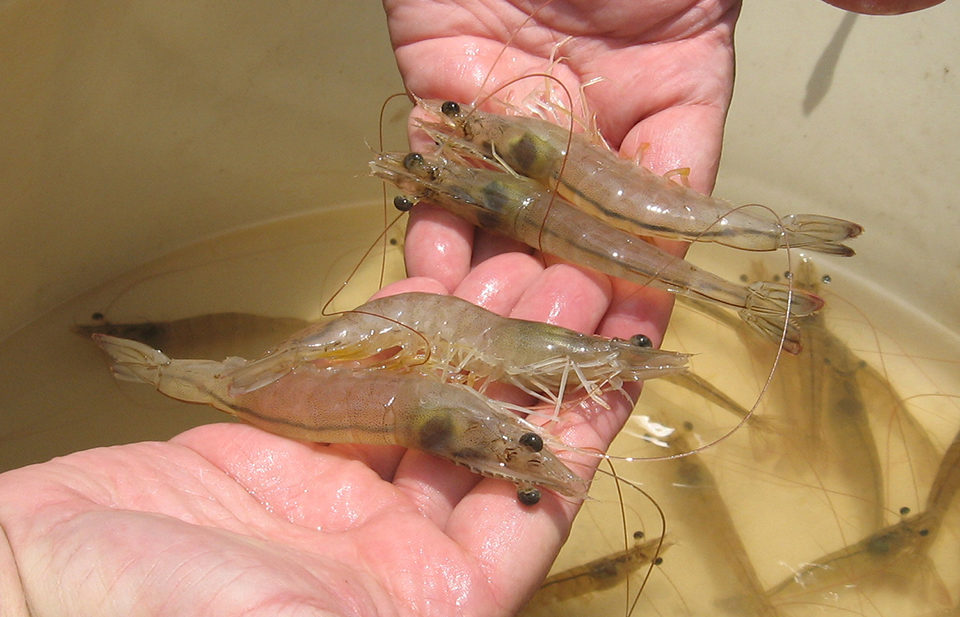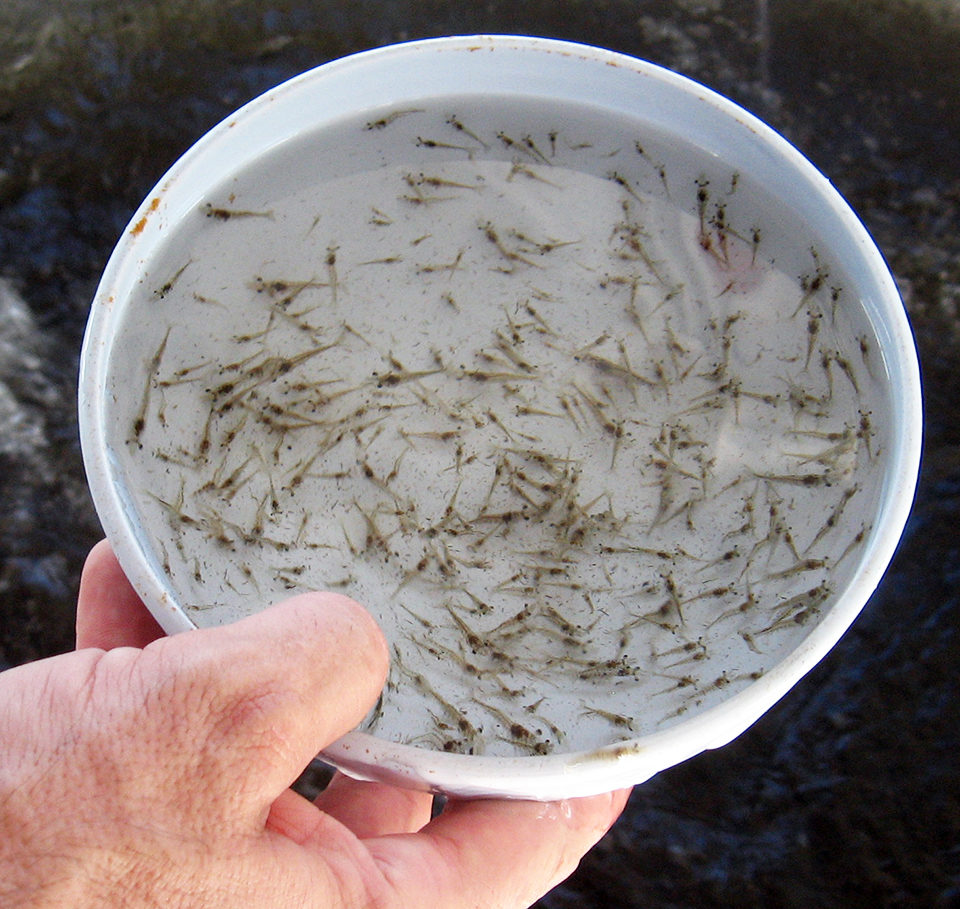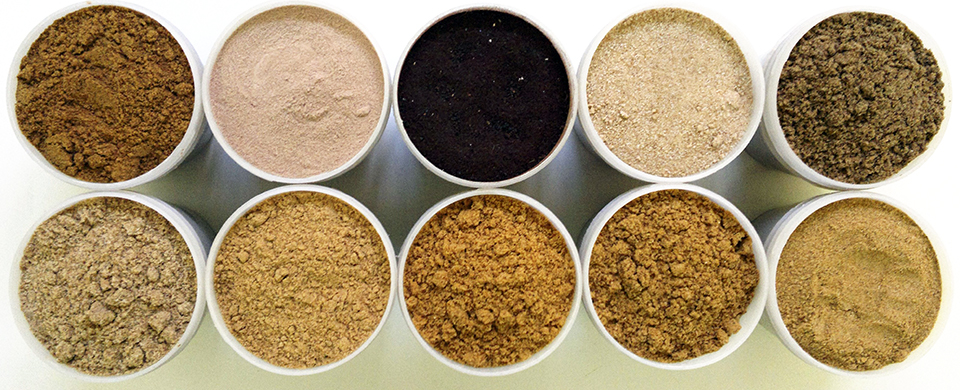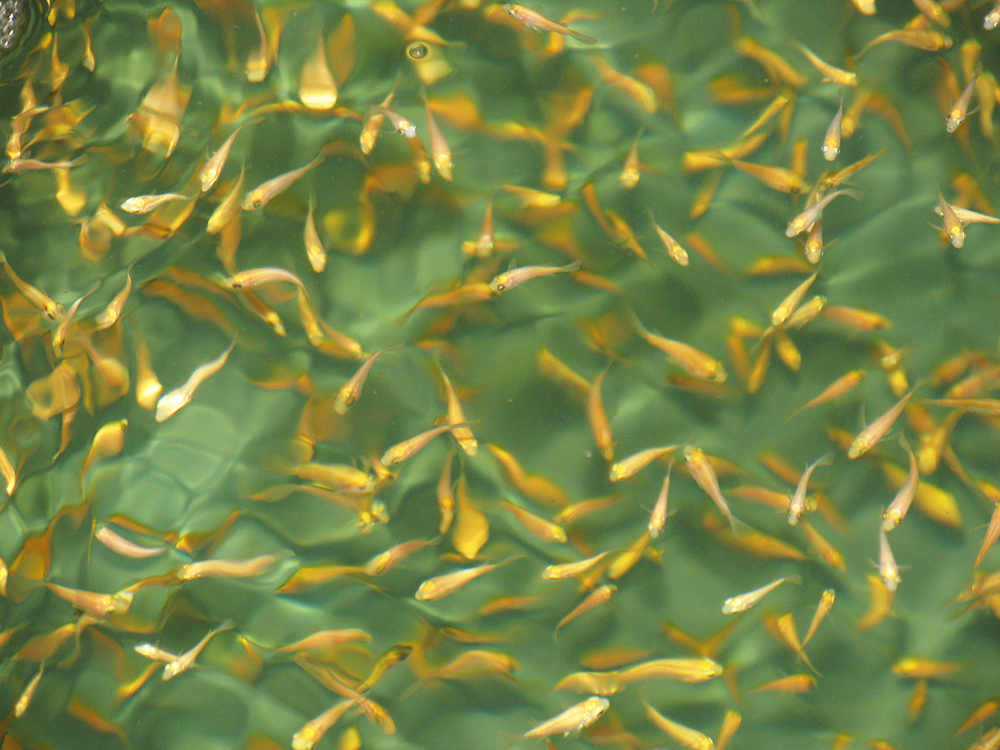Broodstock selected through a multigenerational process of quarantine, sampling

Diseases are the bane of aquaculturists everywhere, costing farmers large amounts of money annually. Many disease problems are preventable by exercising common sense and science-based animal-rearing strategies.
Start by keeping pathogens away from culture animals, which can be done in a number of ways. For shrimp farmers, the development of specific pathogen free (SPF) shrimp has been a great tool for this.
Free of pathogens
SPF status refers to the absence of specific pathogens from a population of shrimp. The pathogens are often viral, although many bacterial pathogens and protozoa can be excluded, as well. Certain viral pathogens of shrimp, notably white spot syndrome virus (WSSV) and infectious hypodermal and hematopoietic necrosis virus, are transmitted from broodstock to postlarvae that are then stocked with the infection, increasing the likelihood of a serious profit-limiting disease outbreak.
SPF shrimp are selected through a multigenerational process that includes strict quarantine and endless sampling – typically polymerase chain reaction and histopathology – for the presence of the pathogens of concern. The primary advantage to using SPF animals relates to the ability to control disease. One can expect to see other advantages over years to come, including real disease resistance, enhanced growth and stress resistance.
Species shift
For many years, the black tiger shrimp (Penaeus monodon) was the species of choice in Asia, and 70 percent of the global production was tiger shrimp. However, as disease problems became more pronounced in black tigers, the white shrimp (Litopenaeus vannamei) became the subject of intensive development efforts in the latter part of the 1990s. The widespread commercial availability of SPF P. vannamei broodstock has resulted in Southeast Asia moving away from the production of the tiger shrimp to the “safer” L. vannamei.
White shrimp are generally cleaner from the standpoint of pathogen loads and types than P. monodon. Their diets do not require as high a level of protein as those for tiger shrimp. L. vannamei also can grow at much higher densities because they are less aggressive.
SPF myths
Although few would argue that the commercial availability of SPF L. vannamei has not had a tremendous positive impact on the international shrimp-farming community, myths remain about what SPF actually means.
SPF animals are better than non-SPF animals. True: Whenever you can control a disease process by keeping a pathogen out of a production system, you are at an advantage. By ensuring that pathogens are not in animals at the start of growout, it is easier to keep the pathogens below the levels that result in acute disease.
SPF animals are hardier than non-SPF animals. False: This is only true if there is genetic selection for particular traits associated with stress resistance.
SPF animals are resistant to all of the diseases they do not carry. False: Resistance means they cannot be infected with the disease pathogens. For the most part, animals sold as resistant might be considered tolerant and able to survive exposure to a higher level of pathogen before they get ill and potentially die. However, for some pathogens, there is no tolerance at all, and infected animals get sick and die even if they are SPF.
SPF animals are all resistant to WSSV. False: While some families have likely been bred to display some resistance to this virus, SPF and resistance are not related. If WSSV levels are not controlled through limited water exchange in endemic areas, crab fences to lessen vectors, chlorine treatments of stocking water, low water temperatures and other measures, shrimp can still be infected and die from WSSV.
SPF status transfers from broodstock to postlarvae. False: Shrimp can only be proven SPF by quarantine and screening protocols. Once they are “in the field,” they lose this proof. While polymerase chain reaction screening may still show that a population is likely free of a given pathogen, there is always the risk of introducing a new pathogen into the system.
SPF shrimp carry no pathogens. False: SPF animals are screened for specific pathogens, not unexpected pathogens or organisms that are not pathogenic under normal circumstances. Given the ubiquitous nature of bacterial species such as vibrios, it is a safe bet that some SPF stocks carry strains of vibrio that could cause disease problems under the right conditions.

SPF p. monodon
SPF P. monodon families have recently become commercially available, and it will be interesting to see if this puts pressure on farmers to shift back to production of this species. Given the advantages of growing L. vannamei, the great success that many farmers are enjoying and the marketplace’s apparently never-ending demand, the change will be a hard sell.
Many farmers have been led to believe that SPF animals can solve all of their problems. For farmers thoroughly disenchanted with the problems associated with trying to rear non-SPF P. monodon, the success they enjoy by the shift to SPF P. vannamei has been nothing short of miraculous. However, this does not mean they can become complacent and ignore basic biosecurity rules.
(Editor’s Note: This article was originally published in the May/June 2009 print edition of the Global Aquaculture Advocate.)
Now that you've reached the end of the article ...
… please consider supporting GSA’s mission to advance responsible seafood practices through education, advocacy and third-party assurances. The Advocate aims to document the evolution of responsible seafood practices and share the expansive knowledge of our vast network of contributors.
By becoming a Global Seafood Alliance member, you’re ensuring that all of the pre-competitive work we do through member benefits, resources and events can continue. Individual membership costs just $50 a year.
Not a GSA member? Join us.
Author
-
Stephen G. Newman, Ph.D.
President and CEO
AquaInTech Inc.
6722 162nd Place Southwest
Lynnwood, Washington 98037 USA[109,111,99,46,104,99,101,116,45,110,105,45,97,117,113,97,64,109,119,101,110,103,115]
Tagged With
Related Posts

Aquafeeds
Animal protein meals reduce feed costs but don’t improve shrimp performance
The authors conducted a study to determine how replacement of salmon meal with various animal protein meals in feed affected the growth performance of white shrimp.

Health & Welfare
Biofloc technology: Possible prevention for shrimp diseases
Facing emerging viral problems and rising energy costs, the use of biofloc technology in biosecure systems offers an answer for sustainable shrimp aquaculture. The main attributes of biofloc systems in reducing disease risk include the fact that low water exchange improves pathogen exclusion.

Health & Welfare
Biosecurity practices on fish farms need beefing up
Biosecurity measures and preventive strategies are essential in any biological production chain. Properly planned and implemented biosecurity programs will enhance animal health, production and economics.

Health & Welfare
Born in Hawaii, SPF broodstock shrimp industry faces globalization
The next step for shrimp breeding will be developing animals that aren’t just disease-free, but increasingly resistant to multiple pathogens. The industry is globalizing, with suppliers setting up shop overseas. But its birthplace will always be Hawaii.


